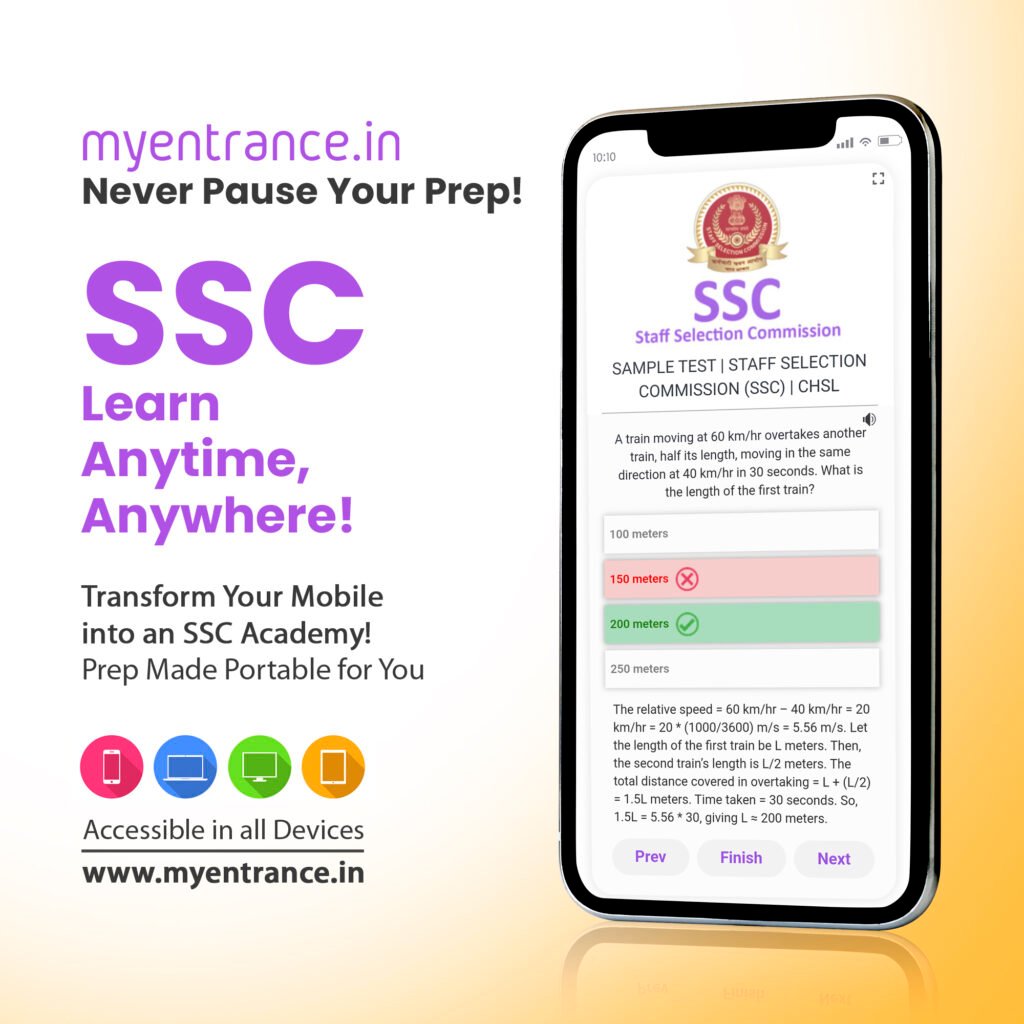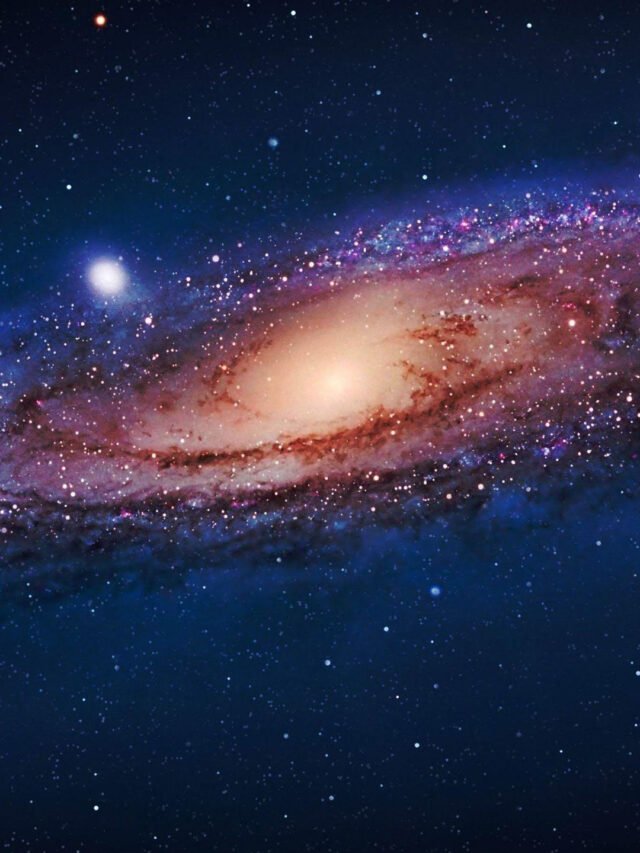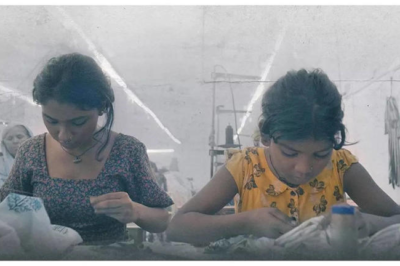
- Delhi’s lieutenant governor (LG) blames Aam Aadmi Party (AAP) for the toxic froth in the Yamuna river.
- The LG shared images of the polluted river, criticizing the Delhi government for not addressing the issue.
- AAP claims the images are old, leading to a political clash over the city’s pollution.
Why is the Yamuna River Still Polluted?
The recent pictures of frothy, polluted water in the Yamuna have sparked a heated debate in Delhi. Lieutenant Governor Vinai Kumar Saxena shared the images on X (formerly Twitter), pointing fingers at the AAP government for not fulfilling its promises to clean the river. The AAP, led by Chief Minister Atishi, responded by saying the pictures were from 2015 and accused the LG of trying to mislead the public. This raises a crucial question—why is the Yamuna still plagued by pollution, despite efforts to clean it?
The pollution problem goes beyond just political blame. Toxic foam, caused by untreated sewage and industrial waste flowing into the river, has been a persistent issue for years. The AAP claims that neighboring states are contributing to the pollution. They pointed to diesel buses and paddy stubble burning in BJP-ruled Haryana, which they say worsens Delhi’s air and water quality. The BJP, in return, argues that the AAP government needs to manage its own waste better, noting that 28 drains from Delhi pour untreated water directly into the Yamuna.
What’s Next for the Yamuna?
The political tug-of-war continues, with each side blaming the other for Delhi’s pollution problems. The lieutenant governor has demanded concrete action to clean the river, especially for Chhath worshippers, who rely on the Yamuna’s waters during their religious celebrations. Meanwhile, AAP has promised to engage with neighboring states to find a solution for pollution control. However, the real challenge lies in taking effective steps to stop the froth and make the Yamuna cleaner for Delhi’s citizens.
The current debate underscores the need for cooperation, not finger-pointing, to tackle Delhi’s severe pollution issues. For now, both political parties need to look beyond their differences and work together to restore the health of one of India’s most important rivers.




































Leave a Reply